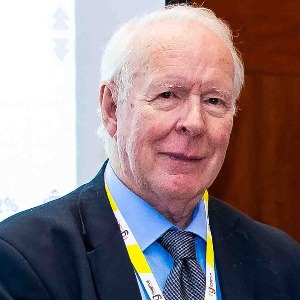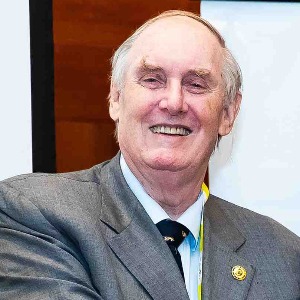Evolution Of Dentistry
Dentistry has come a long way since its inception thousands of years ago. Evidence of dental work can be traced back to ancient Egypt, where archeological findings have revealed that dental work was performed as early as 2600 BCE. However, it wasn't until the 18th century that dentistry began to develop as a profession.
The first dental school in the world was established in Baltimore in 1840, marking a significant milestone in the evolution of dentistry. Prior to this, dentists had learned their craft through apprenticeships or by working with established practitioners.
The 19th century saw significant advances in dental technology. In 1846, the first use of anesthesia in dentistry was performed, allowing for pain-free dental procedures. The development of the dental drill in the 1870s made dental procedures quicker and more efficient.
The 20th century brought even more advancements in dentistry. The introduction of X-rays in the early 1900s revolutionized dental diagnostics. The development of composite resins in the 1960s allowed for tooth-colored fillings, which were much more aesthetically pleasing than the previously used silver amalgam fillings.
The advent of dental implants in the 1980s provided a new option for those with missing teeth. These artificial tooth roots are inserted into the jawbone and provide a stable base for a replacement tooth.
Today, dentistry continues to evolve at a rapid pace. Laser technology is being used for a wide range of dental procedures, including cavity removal, gum reshaping, and teeth whitening. Digital scanning technology is also becoming more prevalent, allowing for more accurate and efficient dental restorations.
Overall, the evolution of dentistry has been marked by significant advances in technology and technique. These developments have allowed for more effective and comfortable dental procedures, as well as more aesthetically pleasing dental restorations. As technology continues to advance, it is likely that the field of dentistry will continue to evolve and improve.

David Geoffrey Gillam
Queen Mary University of London, United Kingdom
Christopher Turner
Spacemark Dental, United Kingdom




Title : Evaluating hygienist follow up for head and neck oncology patients in secondary care: Results from a two cycle audit
Peter Basta, Newcastle Dental Hospital, United Kingdom
Title : Atypical facial pain unravelled
Christopher Turner, Spacemark Dental, United Kingdom
Title : New treatment of temporomandibular disorder through muscle balance and muscle regeneration by activation of quiescent muscle stem cells( satellite cells) with mitochondrial dynamics
Ki Ji Lee, National Reserach Foundation & Busan Medical University, Korea, Republic of
Title : MRONJ and ORN: Referral or management in primary care? Navigating guidelines in the context of long waiting lists
Alisha Sagar, NHS England, United Kingdom
Title : Managing the unexpected: An Insight into supernumerary teeth
Bahar Gharooni Dowrani, Guy's and St Thomas' NHS Foundation Trust, United Kingdom
Title : Laxative prescribing for post operative head and neck cancer patients at Derriford Hospital
Pui Sze Kylie Li, Cardiff and Vale University Health Board, United Kingdom